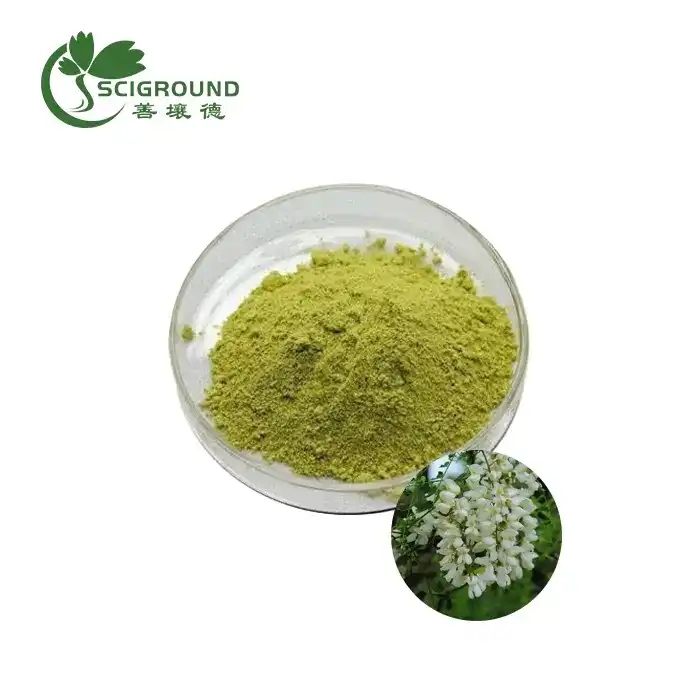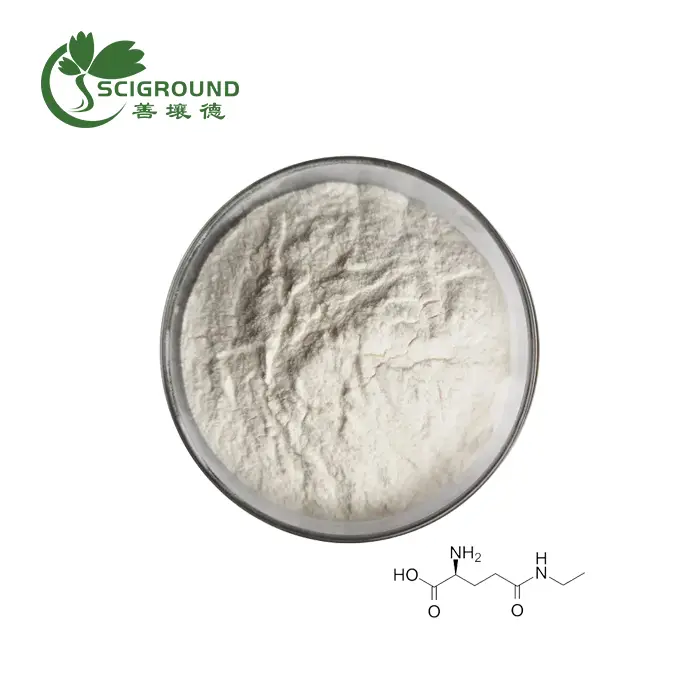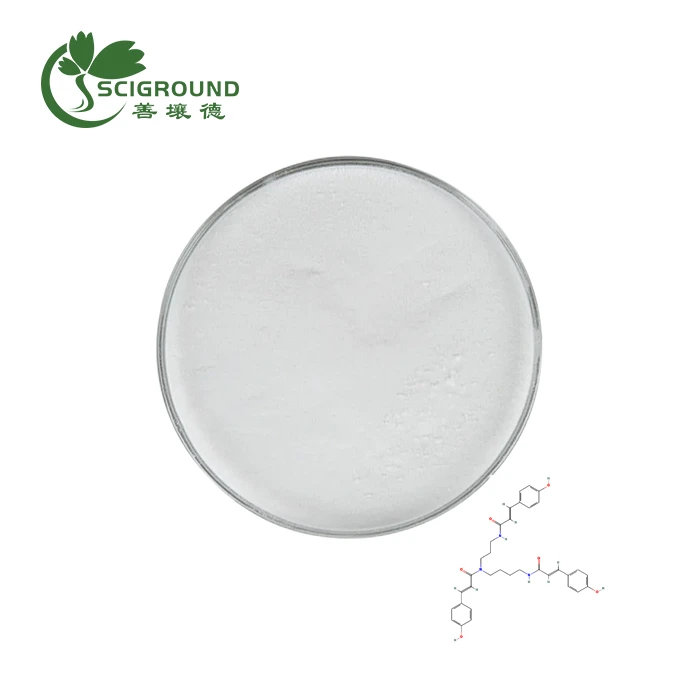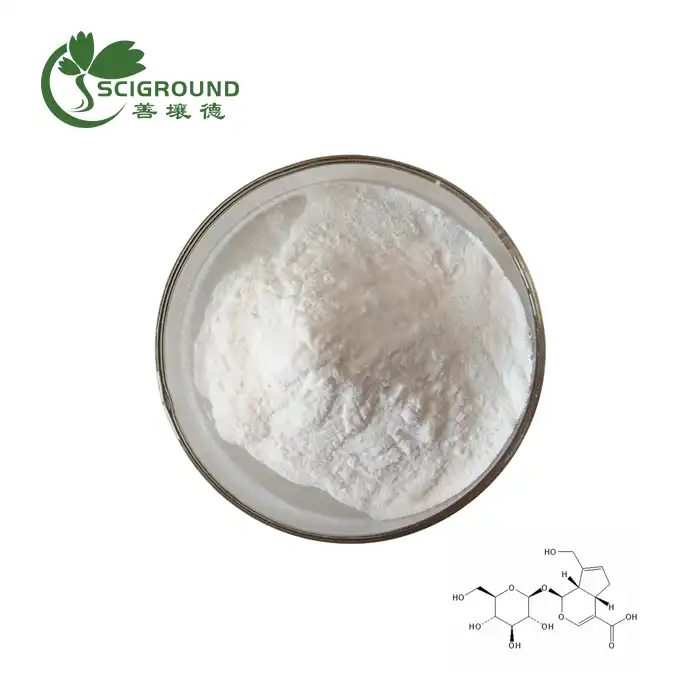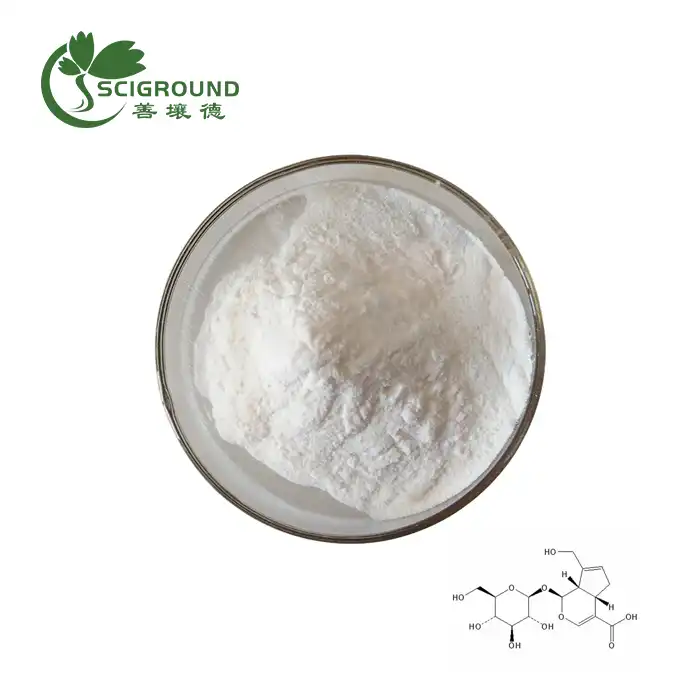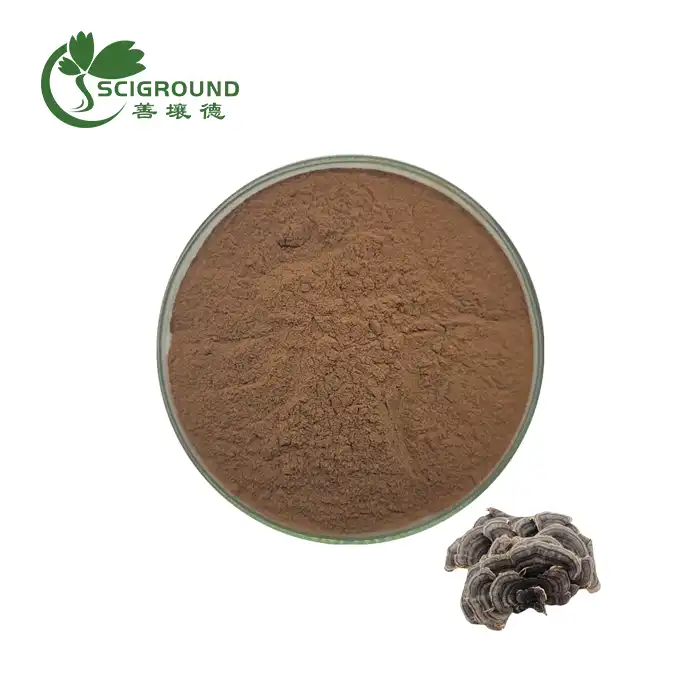Where is aloe emodin found?
Aloe emodin, a natural compound with remarkable therapeutic potential, has garnered significant attention in the scientific community. This powerful anthraquinone derivative is found in various plant species and has been the subject of extensive research due to its diverse biological activities. In this comprehensive guide, we'll explore the sources of aloe emodin, its benefits, and its potential applications in modern medicine.
Aloe emodin is primarily found in the following plants:
- Aloe vera (gel, sap, and leaves)
- Socotrine aloe
- Barbados aloe
- Zanzibar aloes
- Frangula (Rhamnus frangula) bark
- Cascara sagrada (Rhamnus purshiana) bark
- Senna (Cassia angustifolia) leaves
- Rhubarb (Rheum rhaponticum) rhizome
The roots of Aloe vera and the leaves of other plants in the Aloe genus are particularly rich sources of aloe emodin. This compound has been extensively studied for its potential therapeutic applications, particularly in the field of cancer research.
What are the benefits of aloe emodin?
Aloe emodin exhibits a broad spectrum of pharmacological benefits, making it a promising candidate for various therapeutic applications. Some of the key benefits of aloe emodin include:
1. Anticancer Properties
Numerous studies have demonstrated the potential anticancer effects of aloe emodin. It has shown promising results in inhibiting the growth and proliferation of various cancer cell lines, including those derived from lung, breast, colon, leukemia, prostate, and cervical cancers. The compound's ability to induce apoptosis (programmed cell death) in cancer cells is one of its most significant anticancer mechanisms.
2. Anti-inflammatory Effects
Aloe emodin possesses potent anti-inflammatory properties, which may be beneficial in treating various inflammatory conditions. Its ability to modulate inflammatory pathways and reduce the production of pro-inflammatory mediators makes it a promising candidate for managing chronic inflammatory diseases.
3. Antioxidant Activity
The antioxidant properties of aloe emodin contribute to its overall health benefits. By neutralizing harmful free radicals and reducing oxidative stress, aloe emodin may help protect cells from damage and support overall cellular health.
4. Antimicrobial Effects
Research has shown that aloe emodin exhibits antimicrobial activity against various pathogens, including bacteria and viruses. This property suggests potential applications in developing novel antimicrobial therapies.
5. Laxative Properties
Historically, aloe emodin has been used as a natural laxative due to its ability to stimulate bowel movements. This property is attributed to its effects on intestinal motility and water absorption.
6. Potential in Treating Metabolic Disorders
Emerging research suggests that aloe emodin may have beneficial effects on metabolic disorders, including diabetes and obesity. Its ability to modulate glucose metabolism and lipid profiles warrants further investigation in this area.
Is Emodin with Anticancer Effects Completely Innocent?
While the anticancer potential of aloe emodin is undoubtedly exciting, it's crucial to approach its use with caution and consider potential side effects and toxicity concerns. As with many natural compounds, the safety profile of aloe emodin depends on various factors, including dosage, duration of use, and individual susceptibility.
Potential Toxicity Concerns
Despite its promising therapeutic potential, aloe emodin has been associated with certain toxicity concerns, particularly at high doses or with long-term use. Some of the potential issues include:
- Kidney toxicity
- Hepatotoxicity (liver damage)
- Reproductive toxicity
These toxicity concerns underscore the importance of further research to establish safe and effective dosing regimens for aloe emodin-based therapies.
Bioavailability Challenges
One of the major hurdles in harnessing the full potential of aloe emodin is its poor oral bioavailability. This limitation has led researchers to explore various strategies to enhance its absorption and efficacy, including:
- Structural modifications to improve solubility and absorption
- Development of nanocarrier systems for targeted delivery
- Formulation of novel drug delivery systems to enhance bioavailability
These approaches aim to optimize the therapeutic potential of aloe emodin while minimizing potential side effects and toxicity risks.
Effects on the Apoptosis Induction of Aloe Emodin
One of the most significant anticancer mechanisms of aloe emodin is its ability to induce apoptosis in cancer cells. Apoptosis, or programmed cell death, is a crucial process in maintaining cellular homeostasis and preventing the uncontrolled growth of abnormal cells.
Mechanisms of Apoptosis Induction
Aloe emodin has been shown to induce apoptosis through various mechanisms, including:
- Activation of the mitochondrial apoptotic pathway
- Modulation of pro-apoptotic and anti-apoptotic proteins
- Induction of DNA fragmentation and chromatin condensation
- Activation of caspase enzymes, key mediators of apoptosis
Cell-Specific Effects
Interestingly, aloe emodin appears to exhibit selective toxicity towards cancer cells while sparing normal cells. This selectivity is a crucial factor in its potential as an anticancer agent, as it may reduce the risk of side effects commonly associated with conventional chemotherapy.
Synergistic Effects with Conventional Therapies
Research has also explored the potential of aloe emodin to enhance the efficacy of conventional cancer treatments. Some studies have suggested that combining aloe emodin with chemotherapy or radiation therapy may lead to synergistic effects, potentially improving treatment outcomes and reducing the required doses of conventional drugs.
In conclusion, aloe emodin is a fascinating compound found in various plant sources, particularly in the Aloe genus. Its diverse pharmacological properties, especially its anticancer potential, make it an intriguing subject for further research and development. While challenges remain in terms of bioavailability and potential toxicity, ongoing studies aim to optimize its therapeutic potential and develop safe, effective applications in modern medicine.
As research continues to unveil the full potential of aloe emodin, it's essential to approach its use with a balanced perspective, considering both its promising benefits and potential risks. The future of aloe emodin in therapeutic applications looks bright, with ongoing efforts to harness its power while ensuring safety and efficacy.
References
- Chen, R., et al. (2014). The pharmacological potential of aloe emodin: A comprehensive review. Journal of Ethnopharmacology, 155(2), 767-780.
- Dong, X., et al. (2017). Aloe-emodin: A review of its pharmacology, toxicity, and pharmacokinetics. Phytotherapy Research, 31(11), 1594-1609.
- Hsu, S., et al. (2010). Aloe-emodin is a novel anticancer agent in human colorectal carcinoma cells. Biochemical Pharmacology, 79(3), 360-370.
- Pecere, T., et al. (2000). Aloe-emodin is a new type of anticancer agent with selective activity against neuroectodermal tumors. Cancer Research, 60(11), 2800-2804.
- Tabolacci, C., et al. (2015). Aloe-emodin as antiproliferative and differentiating agent on human U937 monoblastic leukemia cells. Life Sciences, 128, 124-131.
- Zhang, L., et al. (2019). Aloe emodin: A review of its pharmacology, toxicity, and pharmacokinetics. Phytotherapy Research, 33(6), 1548-1566.
If you're interested in learning more about aloe emodin powder or exploring its potential applications, don't hesitate to reach out to us at Shaanxi SCIGROUND. Our team of experts is ready to assist you with high-quality aloe emodin powder and provide comprehensive support for your research or product development needs. Contact us today at info@scigroundbio.com to discover how we can help you harness the power of aloe emodin in your projects.
Related Industry Knowledge
- Unlocking the Benefits of Almond Extract Powder for Health and Culinary Delights
- What are the uses and pharmacology of Nobiletin Powder?
- What is aescin used for?
- Can I Boil Mulberry Leaves and Drink It?
- Can you take too much DHM?
- Can you eat Polygala?
- How is pea protein made
- Want to Boost Your Health? Try Vitamin B1 Powder!
- Lentinan Extract: Unveiling the Power of Mushroom-Based Health
- Embracing the Power of Corn Silk Extract Powder

